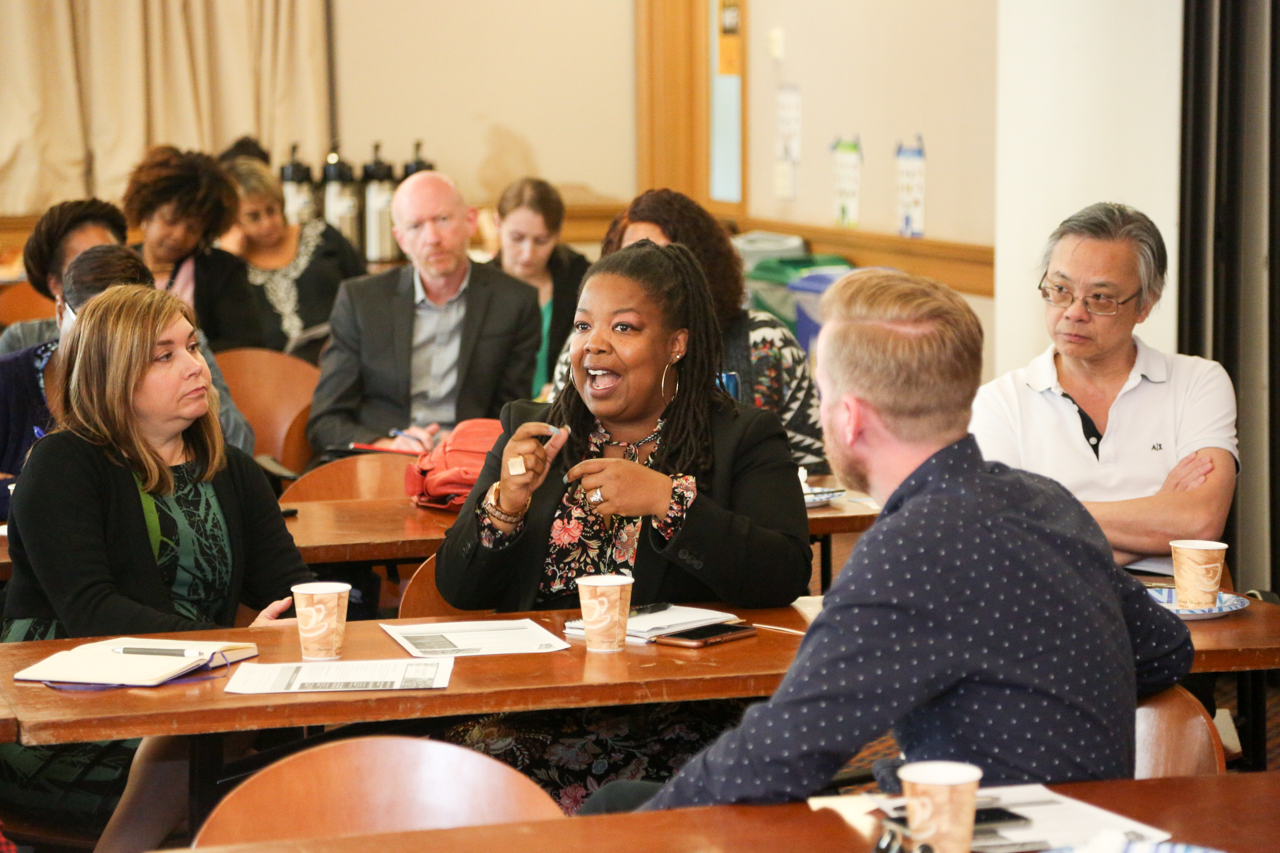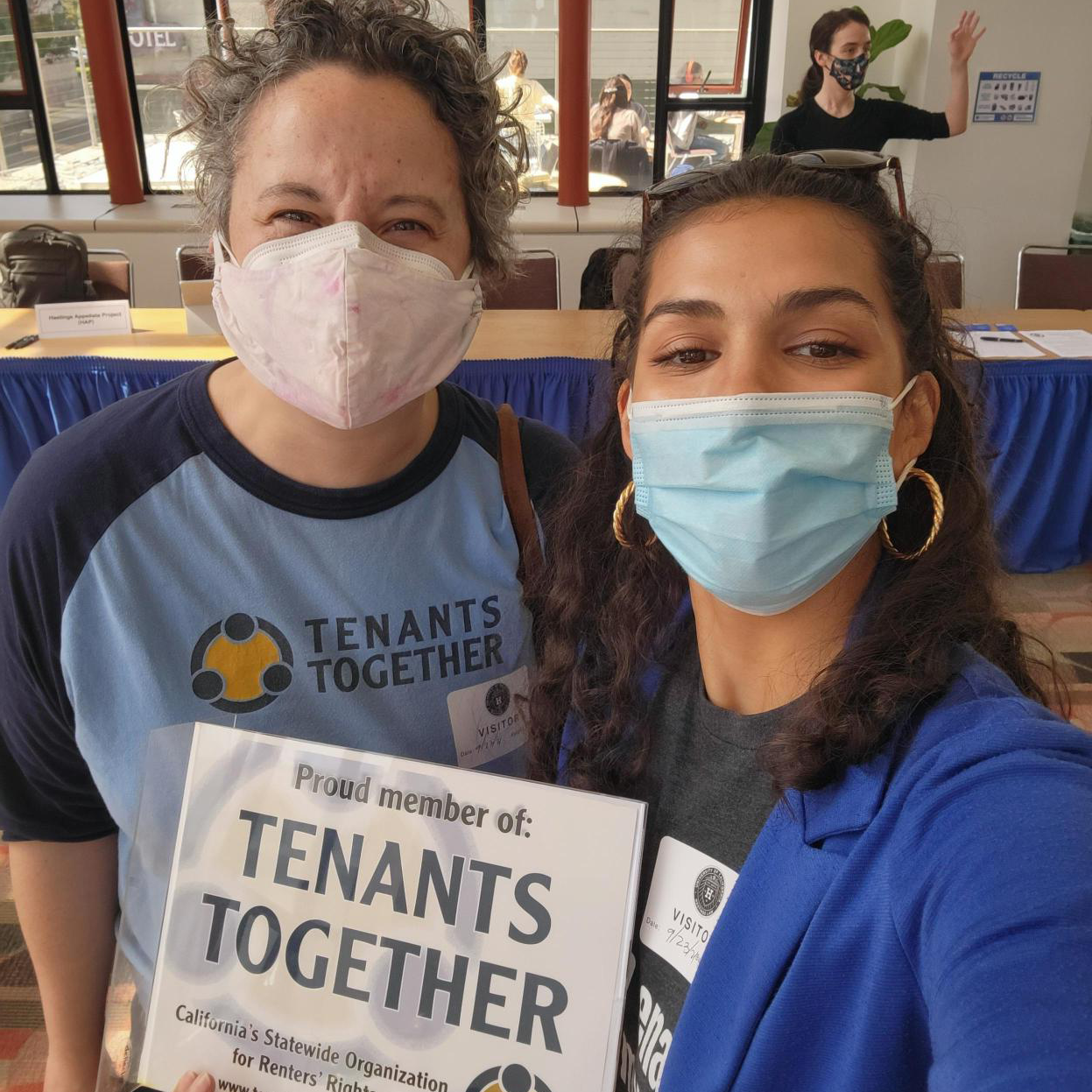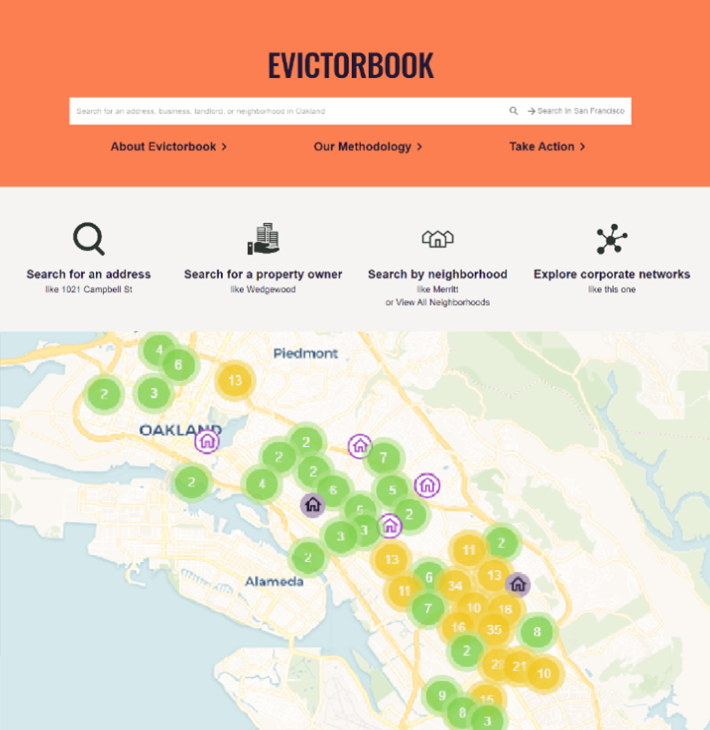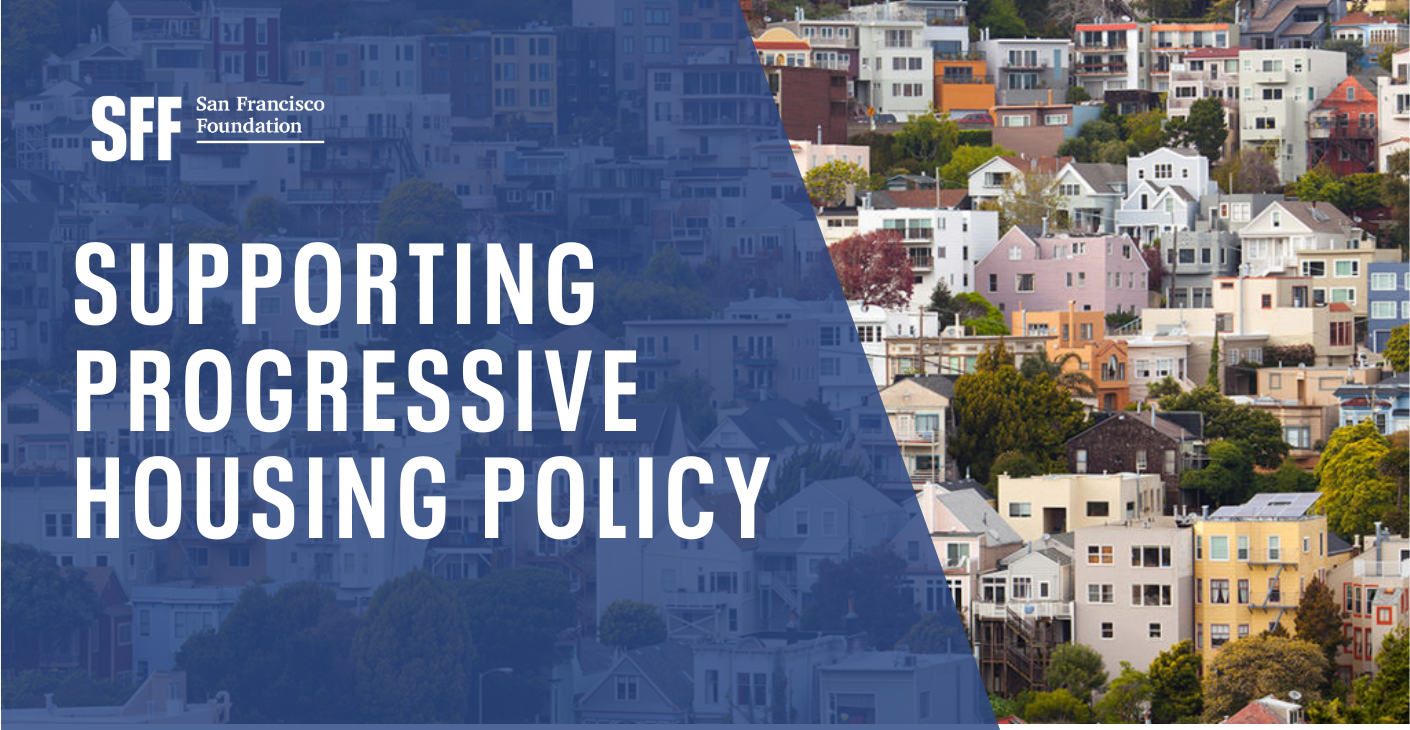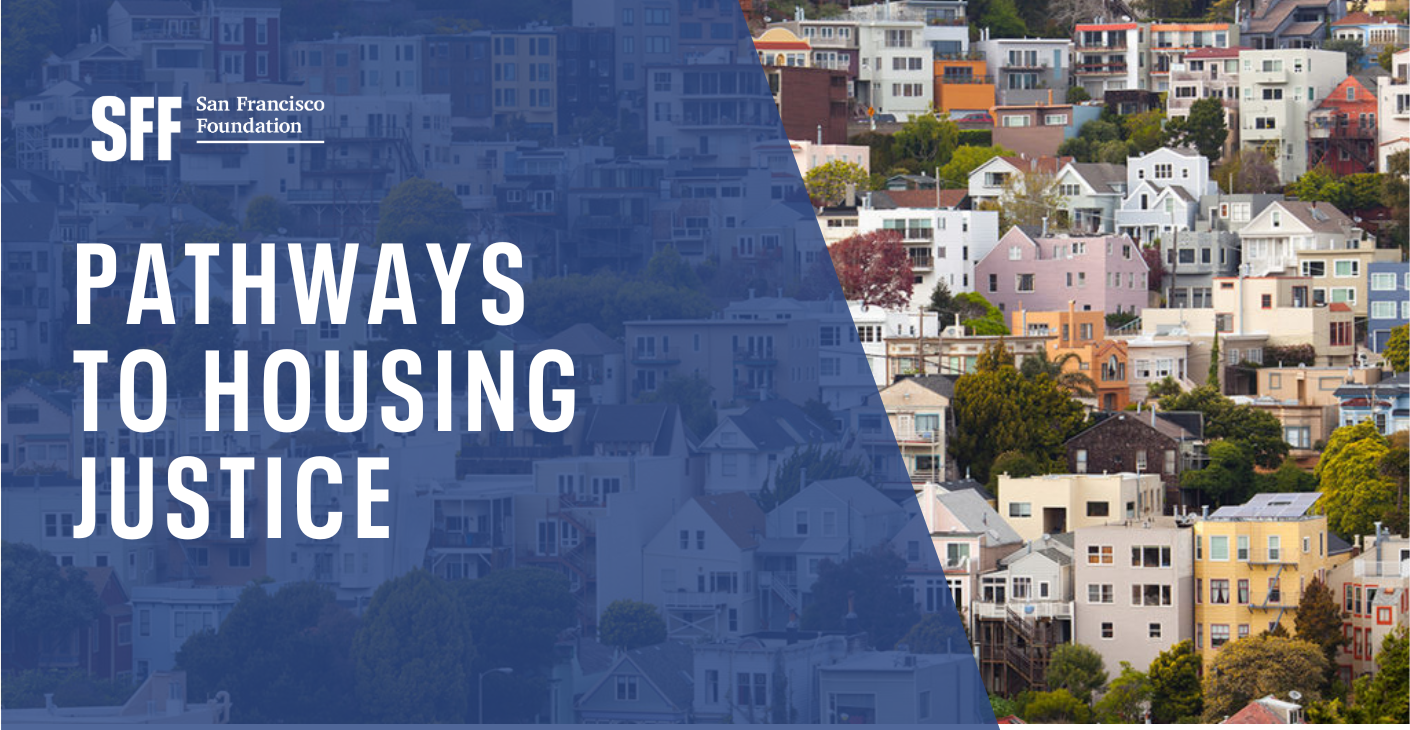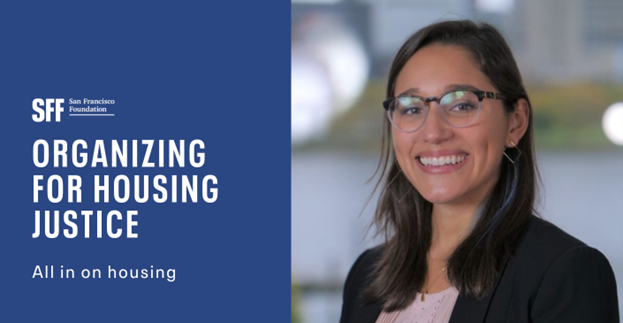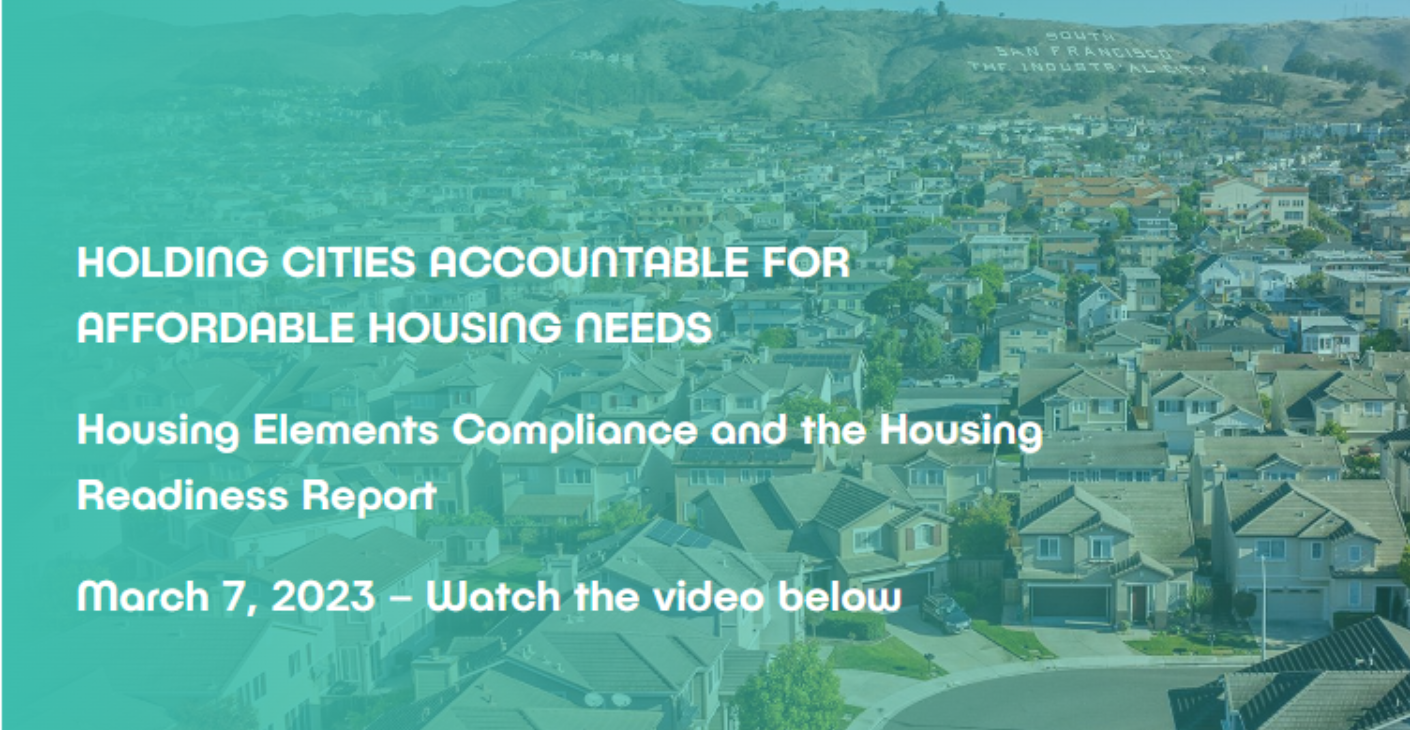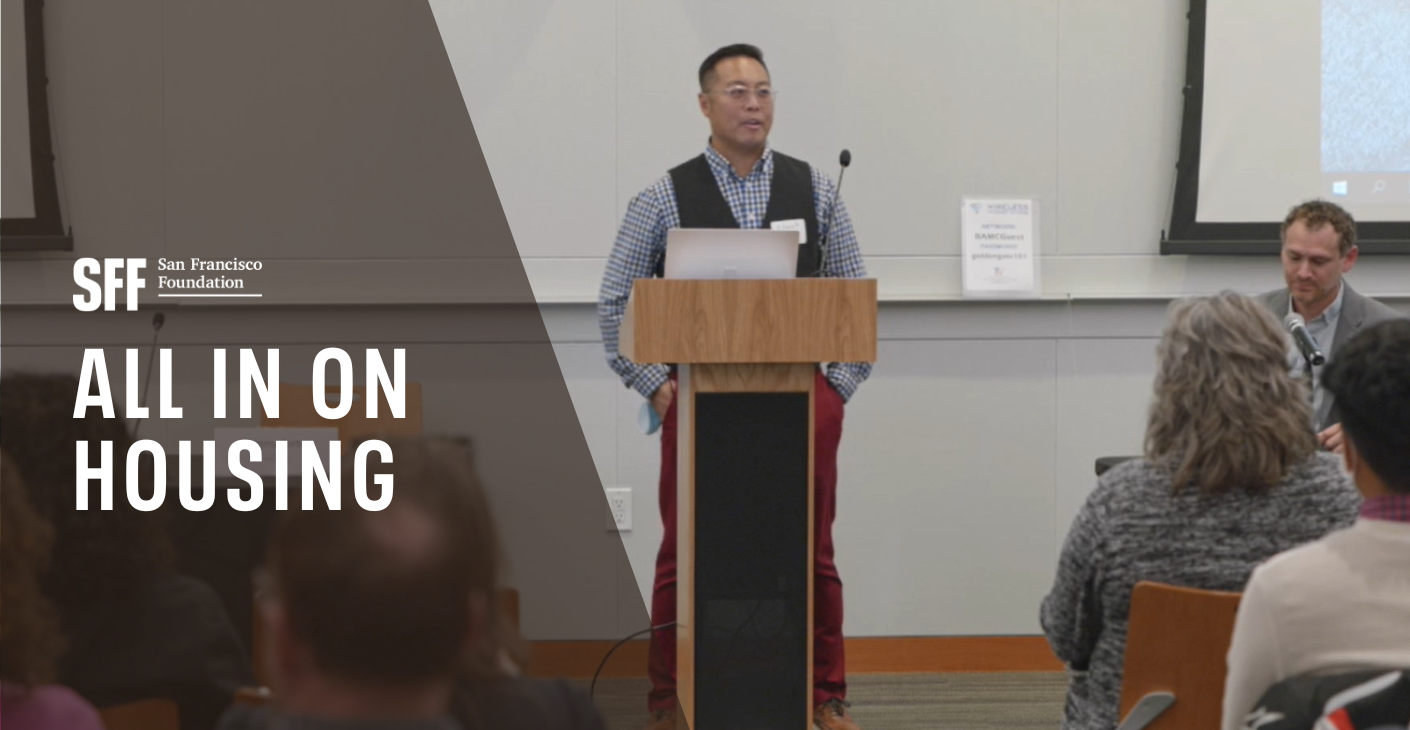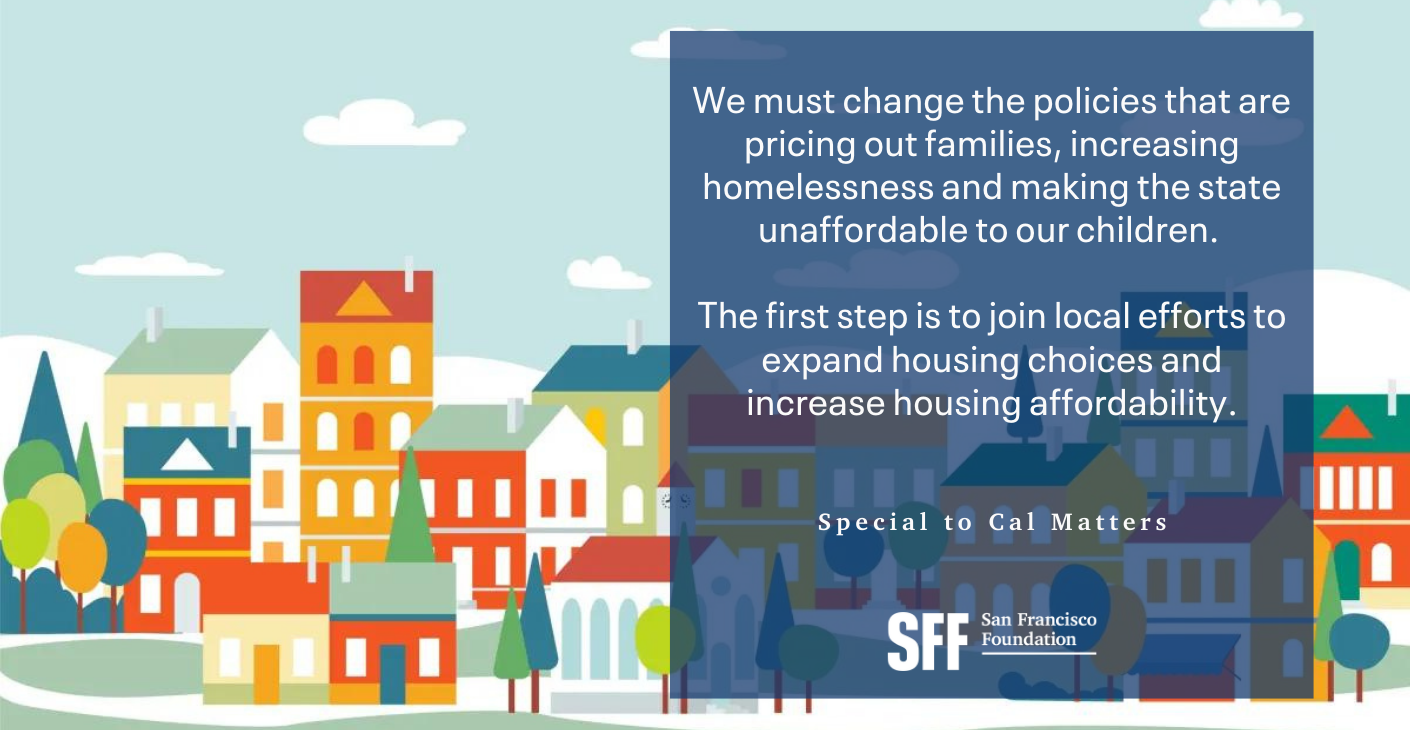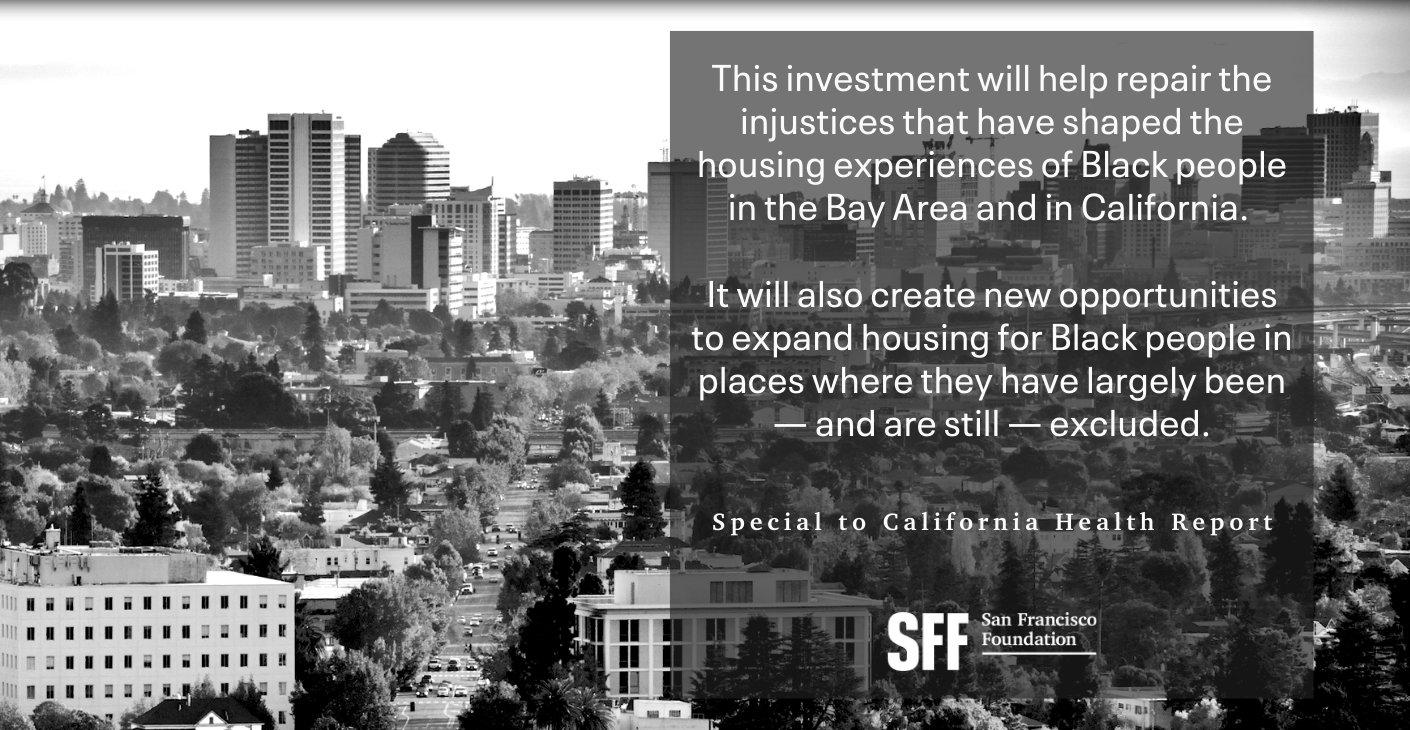Overview
Meeting Immediate Needs by Ensuring Housing Stability in the Bay Area
News coverage often centers on the visible homelessness crisis, with more than 38,000 Bay Area residents experiencing homelessness on any given night in 2022.[1] Less visible are the families with low-income who are precariously housed and just one health emergency or missed paycheck away from eviction, displacement, or falling into homelessness.
Bay Area rents are among the highest in the nation. An astounding 70% of the region’s 457,000 “extremely low income” (ELI) households pay more than 50% of their incomes on housing costs.[2] By comparison, just 1% of moderate-income renters put the same fraction of their paychecks toward covering housing. Often living in overcrowded, unsafe spaces, many ELI households have children, are single-parent families, or are headed by seniors. Families of color are most burdened, with Black households nearly twice as likely as their white counterparts to fall into the ELI category.
The availability of government housing assistance falls far short of the need. Less than 20% of the nation’s ELI households receive housing subsidies.[3] Meanwhile, the mortgage interest deduction is a $25 billion government subsidy that largely helps people with moderate incomes and above.[4]
As so many people struggle with the region’s high cost of living, it’s clear that tenant protections are essential. Policy strategies include rent control/stabilization, codifying “just cause” for eviction, and penalties for harassing tenants. Direct service responses include rental assistance, legal services, and tenant-rights workshops. Without these safeguards, renters are vulnerable to pernicious landlords. Many will leave their homes without knowing their legal rights, and those without financial reserves will join the unhoused on the streets or in shelters. Here, again, Black families are disproportionately harmed; they are one-fifth of renters, but they receive over half of all eviction filings.[5] Black individuals are five times more likely to experience homelessness than white individuals.[6] Tenant Protection strategies include policies such as just cause eviction, rent control/stabilization, and tenant anti-harassment. It also includes legal services, rental assistance, and tenant rights workshops.
Homelessness Prevention programs help vulnerable households remain in or find stable housing so that they don’t land on the streets in the first place. The programs can prioritize “precariously housed” residents with no legal lease or tenancy who are not literally homeless (e.g., sleeping on a couch).
Keeping people in their homes is significantly less expensive than getting them back into housing after they’ve become homeless. Both tenant-protection and homelessness-prevention programs tend to include pre-eviction and eviction legal services, emergency rental assistance, and relocation assistance. Homelessness-prevention assistance is often more service-rich and typically includes case management. These efforts work. Santa Clara County’s Homelessness Prevention System (HPS) has a 93% success rate in keeping families housed, at a one-time cost of $10,000 per family. That’s a fraction of the annual cost to provide services to unhoused residents, of $35,000 to $80,000 per person.
[1] McKinsey & Company, March 23, 2023, “The Ongoing Crisis of Homelessness in the Bay Area: What’s Working, What’s Not.”
[2] California Housing Partnership Corporation, Interactive Housing Needs Dashboard
[3] Terner Center for Housing Innovation, December 2021, “On the Edge of Homelessness: The Vulnerability of Extremely Low-Income Households in the Bay Area.”
[4] National Low Income Housing Coalition, May 2021, “Misdirected Housing Supports: Why the Mortgage Interest Deduction Unjustly Subsidizes High-Income Households and Expands Racial Disparities.”
[5] Proceedings of the National Academy of Sciences of the United States of America(PNAS), October 2, 2023, “A comprehensive demographic profile of the US evicted population.”
[6] Community Solutions, February 7, 2020, “Racism and Homelessness are Inextricably Linked. Here’s What We’re Doing About It.”
Our Priorities
Tenant protection legislation
We support tenants by advocating for legislation that helps keep them housed (such as the pandemic eviction moratorium) and that expands tenant protections and legal representation for tenants facing eviction.
Comprehensive programs
We prevent homelessness by supporting comprehensive programs, like Keep Oakland Housed, that meet people’s needs across a broad continuum of services.
Protection in Action
Examples of SFF grantees keeping people in their homes.
Bringing more resources to the field
A powerful community of donors is helping provide the deeply needed resources to fuel this work.
Bright Spots
In addition to SFF grantees, our whole community is working hard to address our housing needs. Here are some bright spots.
Community Conversations
Through op-eds and speaking on panels, SFF is an important part of regional conversations around housing.
Read More on Protecting Tenants and Preventing Homelessness
Article, 2023, Housing Matters: An Urban Institute Initiative
Eviction Lab (December 16, 2020)
Study, 2023, Eviction Lab
Article, 2022, Shelterforce
Terner Center for Housing Innovation (May 4, 2020)
Study, 2019, Princeton University Journal of Public & International Affairs
Web resource, National Coalition for a Civil Right to Counsel
Article, 2022, Cityhealth
White paper, 2022, ACLU
Proceedings, 2023, National Academy of Sciences
Study, 2023, University of Notre Dame
Report, 2015, Economic Roundtable
Study, 2023, UCSF Benioff Homelessness and Housing Initiative
Report, 2023, All Home, the California Budget & Policy Center, and the Stanford Center on Poverty & Inequality
White paper, 2022, Stanford Institute for Economic Policy Research
Report, 2021, UC Berkeley’s Terner Center for Housing Innovation


